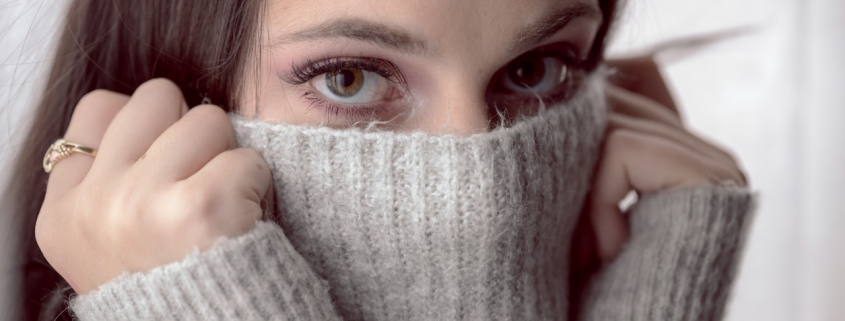Bleeding Gums during Coronavirus Outbreak
Gums can bleed for a number of different reasons. Gums might bleed on brushing due to mild inflammation but often stops soon afterwards.
If the bleeding hasn’t stopped within a few minutes press a clean cloth or piece of packing to the area and call the practice for advice.
Common causes of bleeding gums:
- Trauma or ulcers – this can be due to mild trauma, like a burn from something like pizza, or a cut from a crisp or a graze from your toothbrush. If this is the case keep the area clean by rinsing with a mouthwash like Chlorhexidine or Corsodyl if you aren’t allergic to this. Or even just saltwater-a teaspoon of salt dissolved in half a tumbler full of warm water. If it is painful then Bonjela, Difflam mouthwash or even teething gel from your chemist may help along with whatever pain relief you would use if you had a headache. Also see separate ulcers advice.
- Gingivitis – This basically means swollen gums which can be down to a number of reasons, but is normally because you need to tweak your brushing. Make sure you are flossing or using interdental brushes every day. Brush twice a day with either a manual toothbrush angling up towards the gum at 45 degrees and using a circular movement, spending a few seconds on each tooth before moving systematically around your mouth so you don’t miss anywhere. If you are using an electric or sonic toothbrush it’s the same advice just no need to do the circular movements as the toothbrush does that for you. Please don’t worry if there is blood or pink toothpaste when you first start doing this. The gums are likely to be swollen so bleed more readily, the good news is that if you persevere, within a few days you will notice less and less bleeding as a reward!
- Gum Disease or Periodontal Disease – It is highly likely you are already aware that you suffer from gum disease if you come to the dentist regularly. What you may be experiencing is a localised flare up caused by some undisturbed plaque or food that’s become stuck. Normally localised use of an interdental brush to make sure the area is spotless along with some Chlorhexidine gel or mouthwash (as long as you are not allergic) on the interdental brush a couple of times a day will help settle the area within a few days. If it is painful take pain relief that you would normally take for a headache.
If you have any concerns please don’t hesitate to phone the practice.

